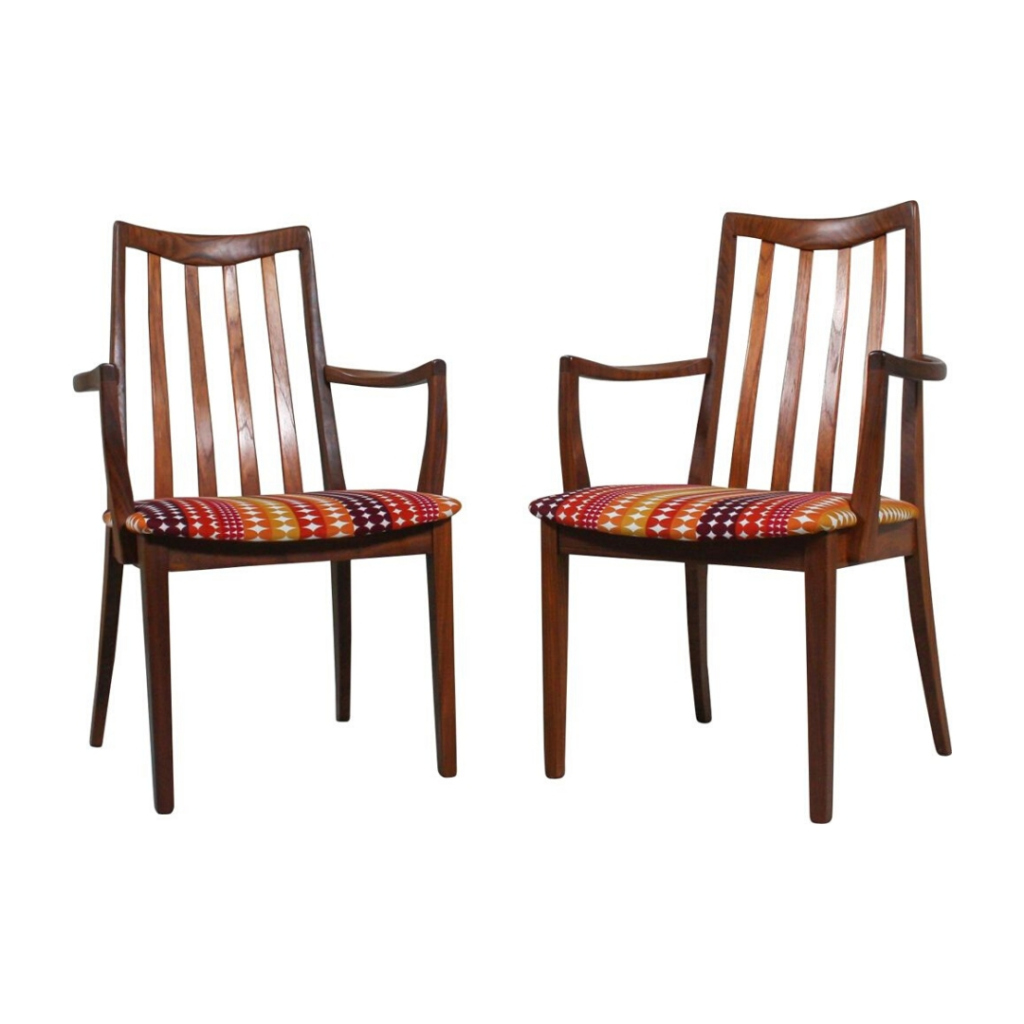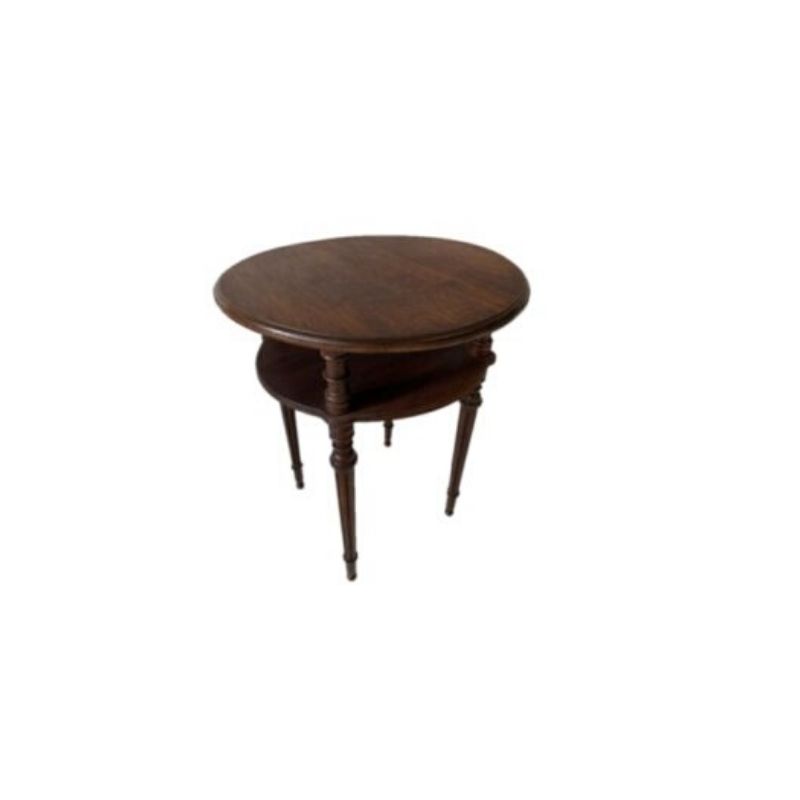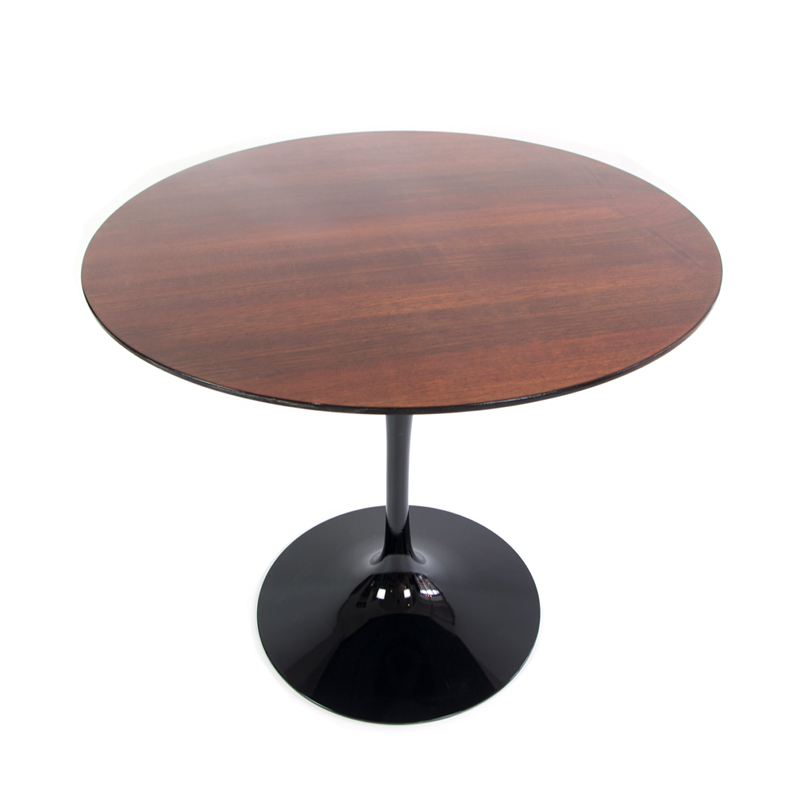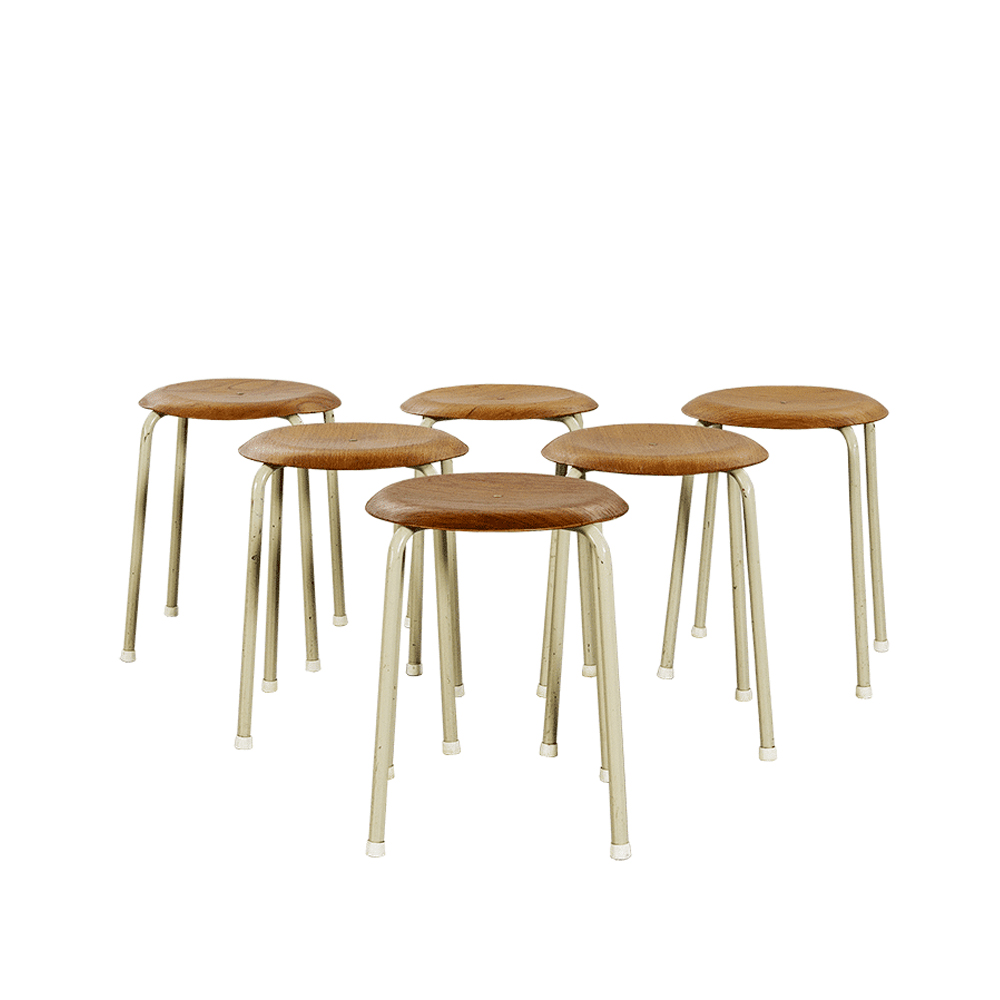I have no technical knowledge of this...
But I would say a trivet is not designed to cool the plate and its contents, but rather to keep the hot plate from scorching the table. As a result, the object of the game is to keep the hot plate off the table a small distance, then perforate the trivet so that much of the hot plate's surface area dissipates into air rather than being conducted into the legs and down to the table. I also reckon it would make sense to make trivets out of materials that conducted heat slowly, so that more of the heat either stayed with the hot plate, or escaped out the perforations in the trivet. I suppose a material that conducted no heat would be ideal; that way would not need perforations, and all of the heat would be kept in the hot plate and the food would stay warm longer.
Regardless, it is an interesting question and I look forward to the comments of a professional who actually knows.
.
Thanks DC, I havn't gone down to the shed yet, been sketching. I agree keeping it off the table seems the most important thing and in the absence of silicon and high tech wood is my best option...I also agree about perforations but want to do it all on the lathe.
The sketches I've down show stepped concentric rings: for safety, accomodating different pot sizes, looks and heat dissipation, but not too much. And a wider outer edge with an undercut for carrying it with a pot on if necessary.
I thought about having some sort of dish with an edge slot with biscuits of wood that grip the edge of most sized pots (within a reasonable a range) but that started making more problems. If only we lived in a standardised bolshi utopia where there were only 5 pots and one trivet!
I suppose whats really needed is a heat sink, something to abosrb heat at a moderate rate and then release it back over 45 minutes or so, surface area and materials, mmmmmm!
If you need any help, please contact us at – info@designaddict.com









